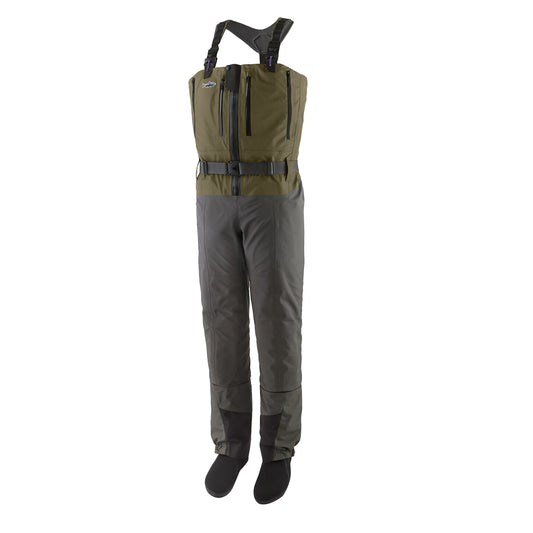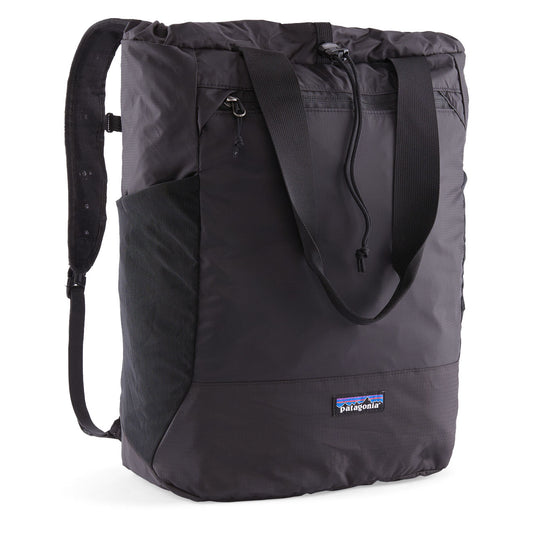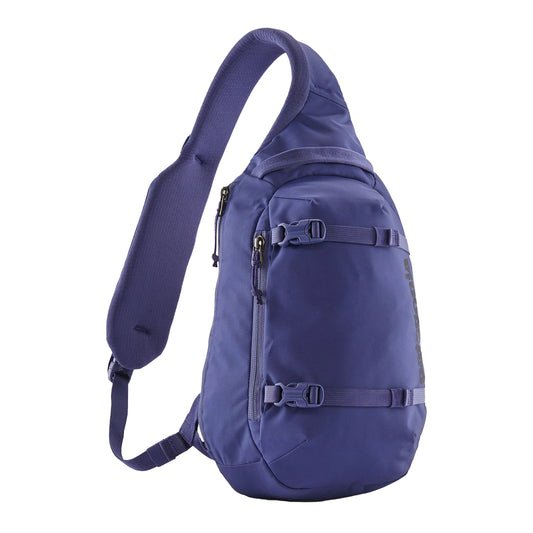Unfailingly durable and engineered to perform in the harshest, most unpredictable cold-water environments, the Patagonia Swiftcurrent Waders are built from the most robust materials package and deliver an intuitive, easy-to-use feature set. Two new standout pieces are the Patagonia Swiftcurrent Expedition Waders in Basin Green and the Patagonia Swiftcurrent Traverse Zip Front Waders in River Rock Green. Taking good care of your waders is essential.
HOW TO CARE FOR YOUR WADERS
Follow these simple rules of how to care for your waders to ensure the best performance and longest life from your Patagonia® waders.
FIT: Do your best to select the best fitting pair of Patagonia waders with the goal of minimising excessive folds and loose fabric in the legs. Big folds create more wear because of the way they rub against each other.
KEEP THEM CLEAN: Rinse your waders of any dirt or mud after each use.
WASHING: In addition, contrary to popular belief, regular washing is actually good for all technical fabrics, even waders. Use a good powdered detergent or a technical wash soap like Nikwax ® Tech Wash in a front-loading washing machine. Secure all snaps and tie straps together to prevent fabric damage. Rinse twice.
DRYING: Hang dry out of direct sunlight, or dry in a front load dryer on low heat just until dry. Both cleaning and drying enhances DWR (durable water repellent) performance.
REPAIR LEAKS: Punctures and pinhole leaks can be repaired by either applying a thin layer of Aquaseal ® UV (in-field repair) or Seam Grip ® (permanent, athome repair), which you’ll find in the Patagonia Wader Repair Kit (included with every wader).
SUIT UP CAREFULLY: Avoid overstretching or walking on abrasive material (like gravel) without wading boots. Pair with Patagonia Forra Wading Boots Forge Grey and Patagonia Yulex Wading Socks with Gravel Guard Black.
STORAGE: Store completely dry waders in a cool, dry place. In other words, don’t wad them up in a wet ball and throw them in the back of the pickup.













